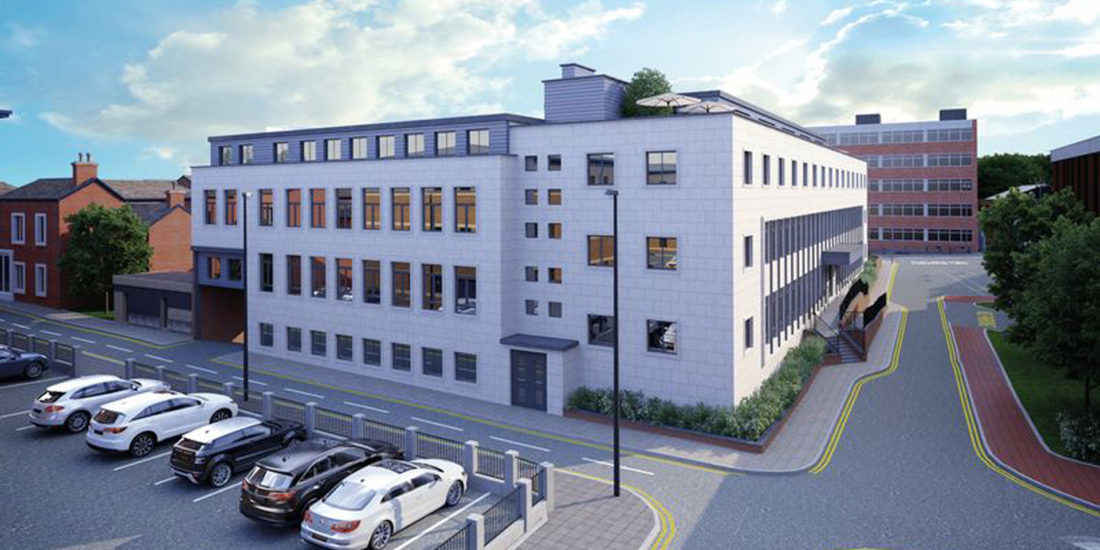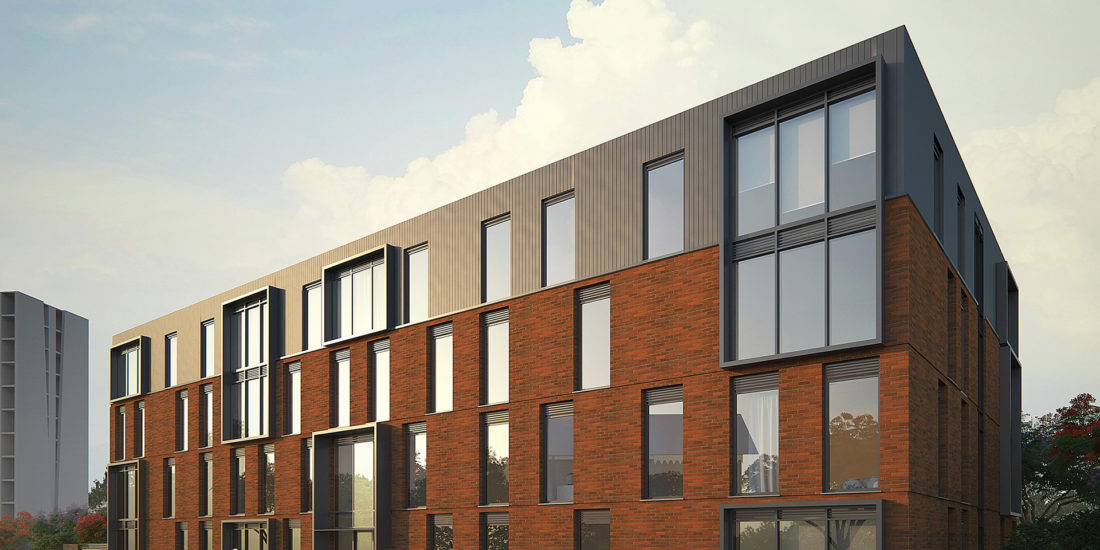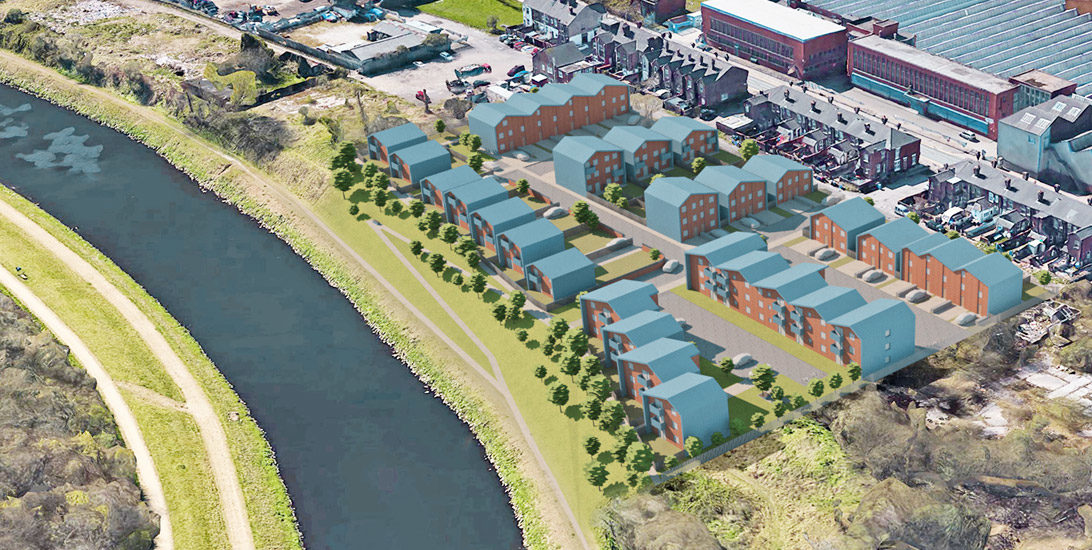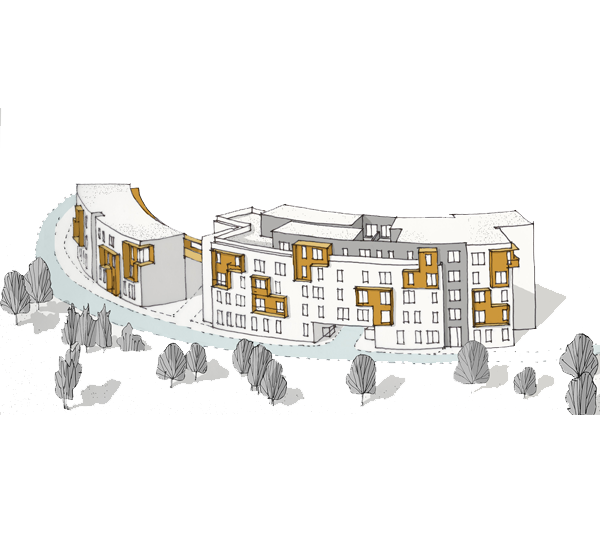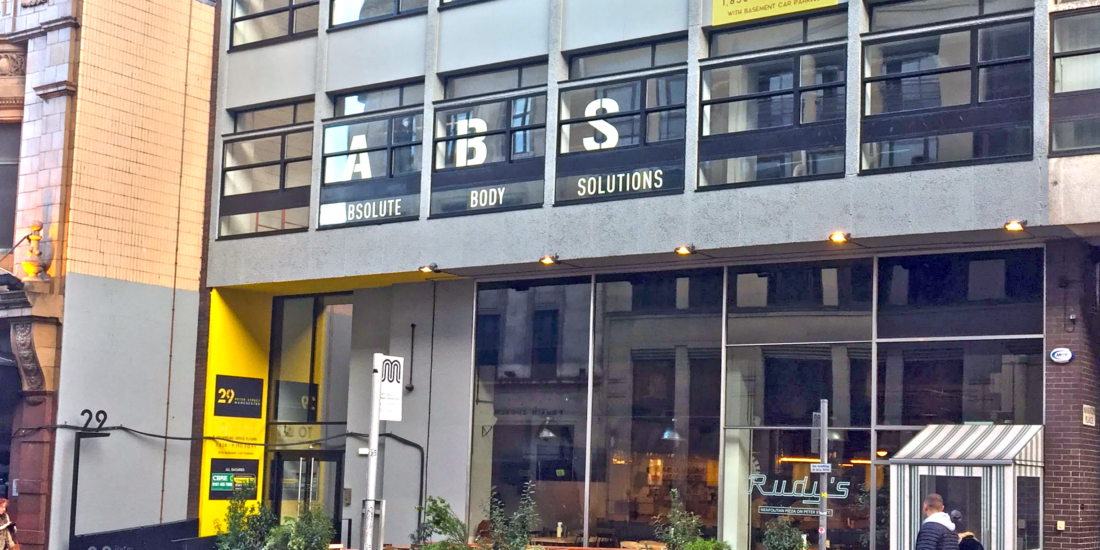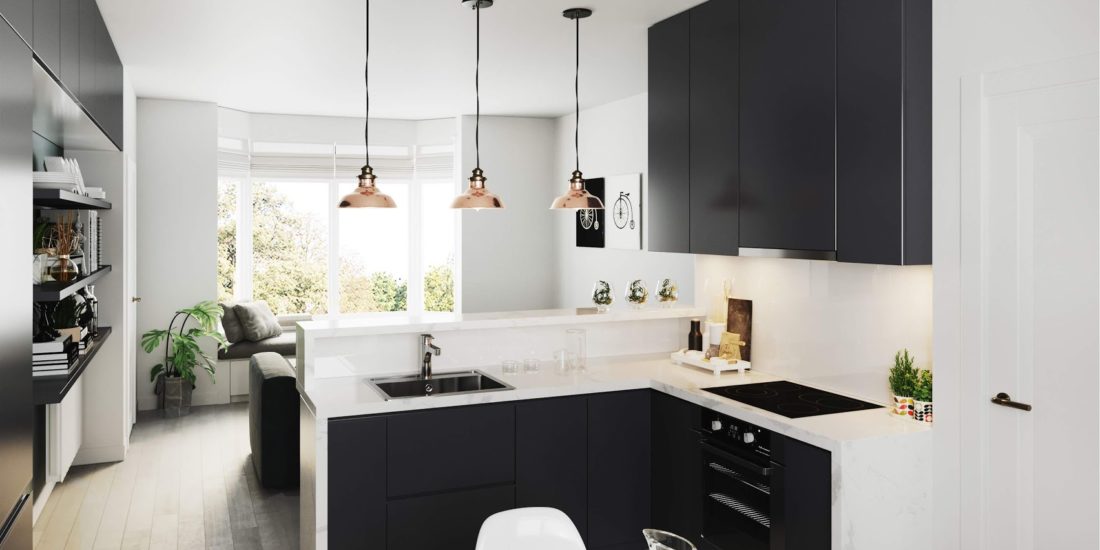Learn how to maximise property value via office conversions
Converting office buildings, especially in the UK’s evolving property landscape, offers a powerful opportunity to maximise value by reusing existing structures. But trues value isn’t just about saving on construction costs; it’s about unlocking benefits that ripple across sustainability, speed, quality, and future flexibility. Here’s how to achieve those eureka moments in your conversion project.
1. Look for Existing Infrastructure
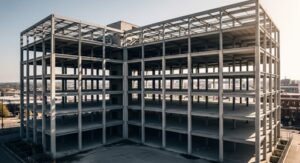
Reusing the core structure, foundations, and envelope of an office building slashes the need for new materials and major demolition. This not only reduces upfront construction costs, but also shortens project timelines, getting your asset income-generating far sooner. For example, by retaining the main frame and shell, you avoid months of groundwork and heavy construction, minimising disruption and risk
How does this maximise value?
- Cost Efficiency: Less demolition and new build means less spent on labour, materials, and waste disposal.
- Faster Returns: Quicker project delivery lets you start letting or selling units sooner, improving cash flow.
- Reduced Risk: Fewer unknowns compared to ground-up construction, as you’re working with a known quantity.
2. Be and Go sustainable with your project
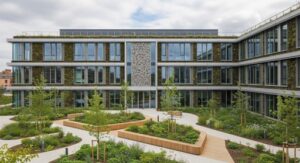
Every tonne of concrete or steel you don’t replace keeps embodied carbon locked in. In today’s market, sustainability isn’t just a buzzword—it’s a value driver. Tenants, buyers, and investors increasingly seek buildings with strong environmental credentials. Retrofitting with energy-efficient systems (like heat pumps, triple glazing, and PV panels) can dramatically cut operational costs and boost the building’s EPC rating, making it more attractive and future-proof
How does this maximise value?
- Market Appeal: Green credentials attract higher-quality tenants and buyers, often commanding premium rents or sale prices.
- Regulatory Compliance: Staying ahead of tightening UK environmental standards protects long-term asset value.
- Operational Savings: Lower energy bills benefit both landlords and occupants, making your building more competitive.
3. Think about Permitted Development Rights (PDR): Gives Speed and Flexibility.
If you are new to Permitted Development Rights, Check out our Guide here!
Recent changes to UK PDRs mean many office-to-residential conversions can bypass formal planning permission, dramatically accelerating project timelines. By understanding and leveraging these rules, you can move from acquisition to delivery with far less red tape.
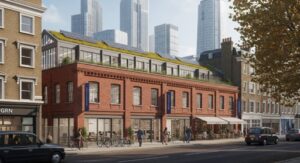
How does this maximise value?
- Speed to Market: Faster approvals mean you can respond quickly to market demand.
- Reduced Holding Costs: Less time waiting for planning means lower interest and holding expenses.
- Greater Certainty: Fewer planning hurdles reduce the risk of costly delays or refusals.
4. Seek Quality and Compliance: Foundation for Long-Term Value
Maximising value isn’t simply about squeezing in as many units as possible. Quality matters. Ensuring every unit meets the Nationally Described Space Standards (NDSS), has adequate light, ventilation, and access, and adheres to fire safety and building regs is crucial. Poor-quality conversions can be hard to sell, difficult to insure, and may even face future regulatory action.
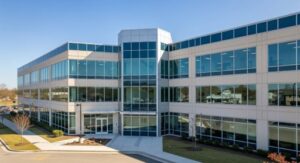
How does this maximise value?
- Marketability: Well-designed, compliant homes are easier to let or sell and attract better tenants.
- Future-Proofing: Compliance with current and anticipated standards protects against costly retrofits or legal issues.
- Insurability and Finance: Lenders and insurers favour high-quality, compliant conversions, making it easier to secure funding and warranties.
5. Do Pre-Development Audits and Expert Partnerships
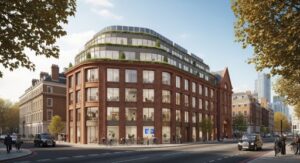
How does this maximise value?
- Optimised Design: Identify ways to add floors, improve layouts, or enhance amenities without major structural changes.
- Risk Reduction: Early identification of structural or compliance issues prevents costly surprises mid-project.
- Heritage and Character: Retaining unique features can create a distinctive product that stands out in the market.
Unlock the potential of your office building conversion with Studio Tashkeel. Ready to discuss your project and explore how to maximize value? Book a FREE 15-minute Discovery Call today:
6. Community and Location: Leveraging Place for Premium Returns
Office buildings are often in prime urban locations—close to transport, amenities, and employment hubs. By converting these assets, you tap into existing infrastructure and community value, often commanding higher prices than new builds in less established areas.
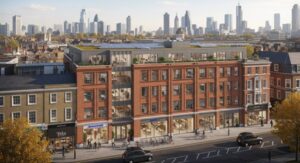
How does this maximise value?
- Desirability: Central locations are consistently in high demand, which supports higher rents and sales.
- Amenity Access: Proximity to shops, transport, and culture boosts appeal for a wide range of buyers and tenants.
- Regeneration Impact: Successful conversions can uplift entire neighbourhoods, further enhancing your asset’s value.

Final Thought
Maximising value in office-to-residential conversions isn’t about cutting corners—it’s about making every element of the existing structure work harder for you. By combining smart reuse, sustainability, regulatory savvy, quality, and expert input, you can transform tired offices into sought-after spaces that deliver outstanding returns and lasting impact. That’s the real eureka moment for British developers and investors.
🌀 Rethink What Your Property Could Become
It’s not just about repurposing square footage — it’s about reshaping value. Studio Tashkeel transforms commercial spaces into high-performance assets with adaptive design, strategic insight, and architectural clarity that speaks to modern investors.




